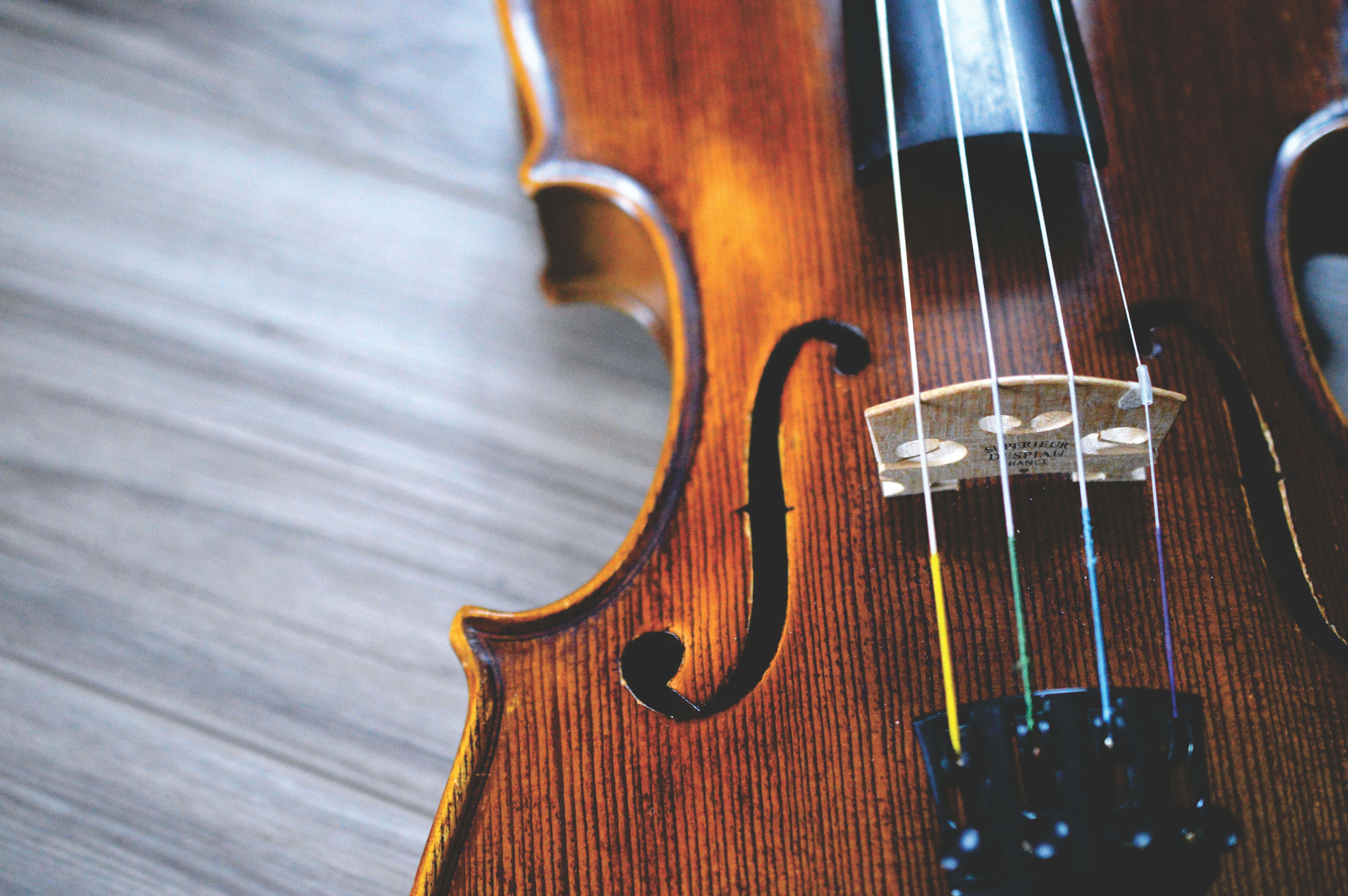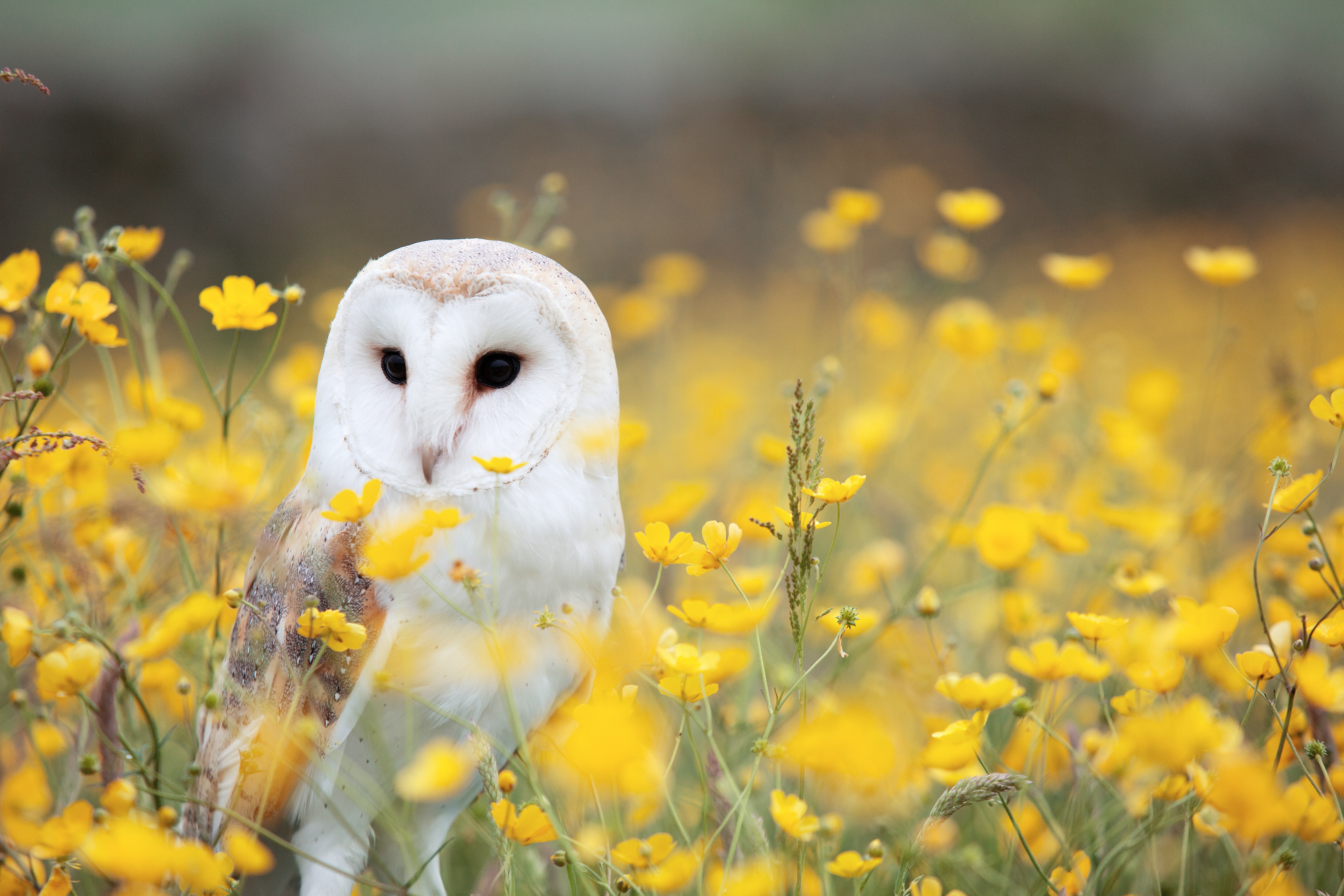“Not only could you see into the Dutch house, you could see straight through it. The house was shortened in the middle, and the deep foyer led directly into what we called the observatory, which had a wall of windows facing the backyard. From the driveway you could let your eye go up the front steps, across the terrace, through the front doors, across the long marble floor of the foyer, through the observatory, and catch sight of the lilacs waving obliviously in the garden behind the house.”
In Ann Patchett’s The Dutch House this description of the house as see-through, its insubstiantiality, is an interesting idea and I’m not sure if the metaphor is deliberate. Do we lose our sense of self over a house? If that is true the converse must also be true, that we can gain one. We can love a house, or we can dislike it. See it as status symbol, or be bored by it. Be obsessed or haunted by it or completely indifferent. We can also feel that the place where we live is so far removed from anything that we think of as being ‘us’ that it becomes impossible to live there. But a house – whether glass or otherwise – cannot be anything other than a reflection of those who live within its walls.

This book was longlisted for the 2020 prize for Women’s Fiction (formerly the Orange Prize for fiction) but for some reason failed to make the shortlist. The last time Patchett won was with Bel Canto in 2002. There are fine books on the shortlist, yet the omission of this one does seem to me extraordinary.
It is hard to pin down this jewel of a book into any category – it is a family drama among many family dramas. It is a Cinderella narrative without a Prince. It is clever; the dialogue pitch perfect and it shines with humanity.
The narrator, Danny and his Sister Maeve start off the novel as children of a wealthy father living in an exceptional house – the house of the title. But Danny and Maeve’s lives are about to be changed beyond recognition by the departure of their mother from the family home, and the arrival of a woman called Andrea. So far so nothing much unusual in literary terms. But it is not so much what happens in The Dutch House as the way that it happens. We follow in real time the unfolding of Danny and Maeve’s ‘new normal’ and while their lives may not be pure joy, reading this book surely is.
The finest character is Danny’s sister, Maeve, a few years older than him it is she who takes on the task of rebuilding what has been broken, it is her portrait – painted when she was 10 years old – that hangs above the fireplace in the drawing room of The Dutch House, and which graces the front cover of Bloomsbury’s paperback edition. We could all do with a Maeve in our lives.
The FT reviewer called Ann Patchett ‘a chronicler of the burdens of emotional inventory’.
The emotional inventory in this book is huge, but what causes it? The house? The people who loved it excessively and the people who didn’t? A past that can somehow never be caught up with? A past than can never be reclaimed? All those things.
Mostly The Dutch House is a story about coping with abandonment and rejection. While the house itself is a constant presence in the story, the book is less about the house and more about how to build a life when no-one has left you a manual.




Comments